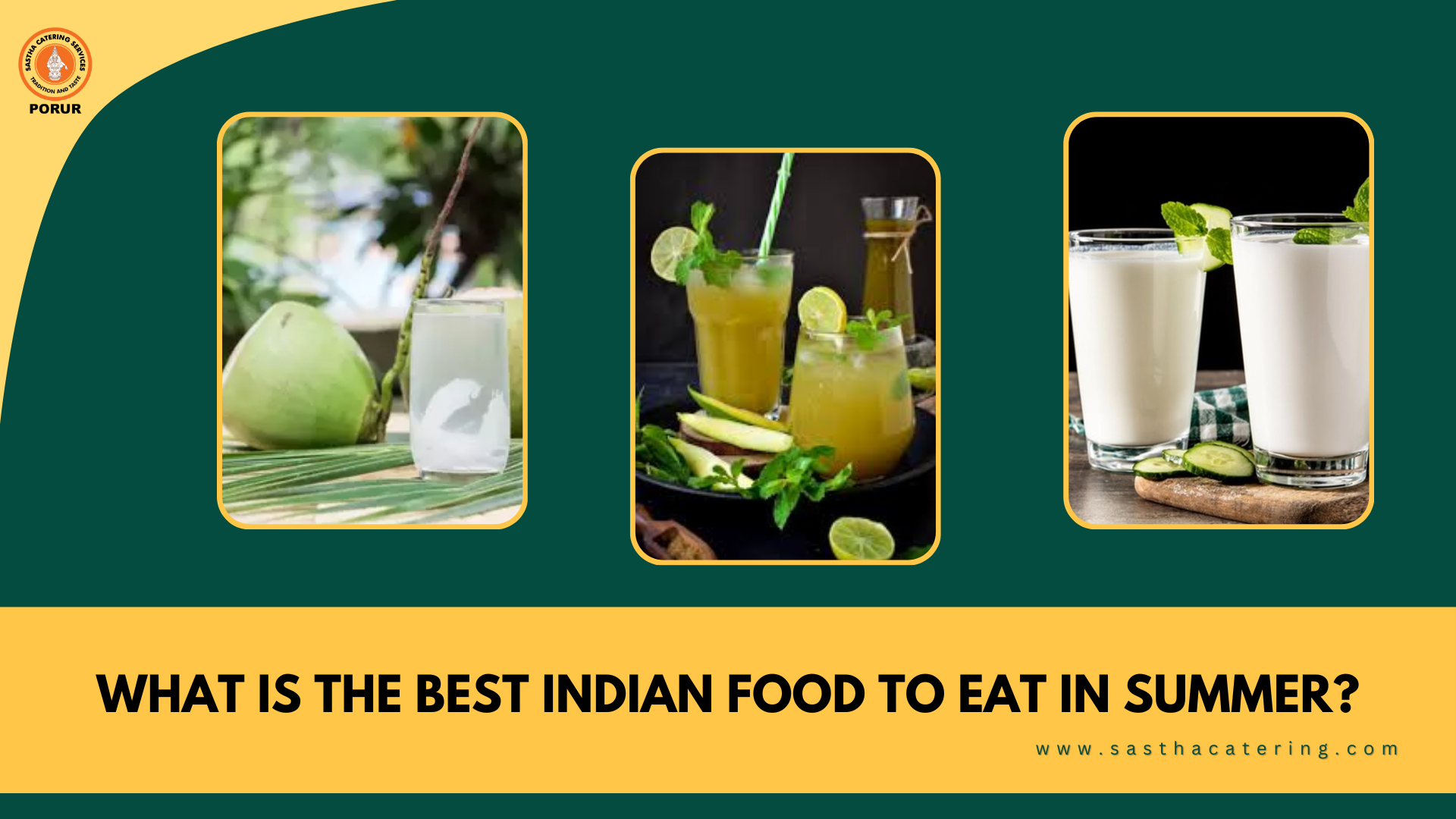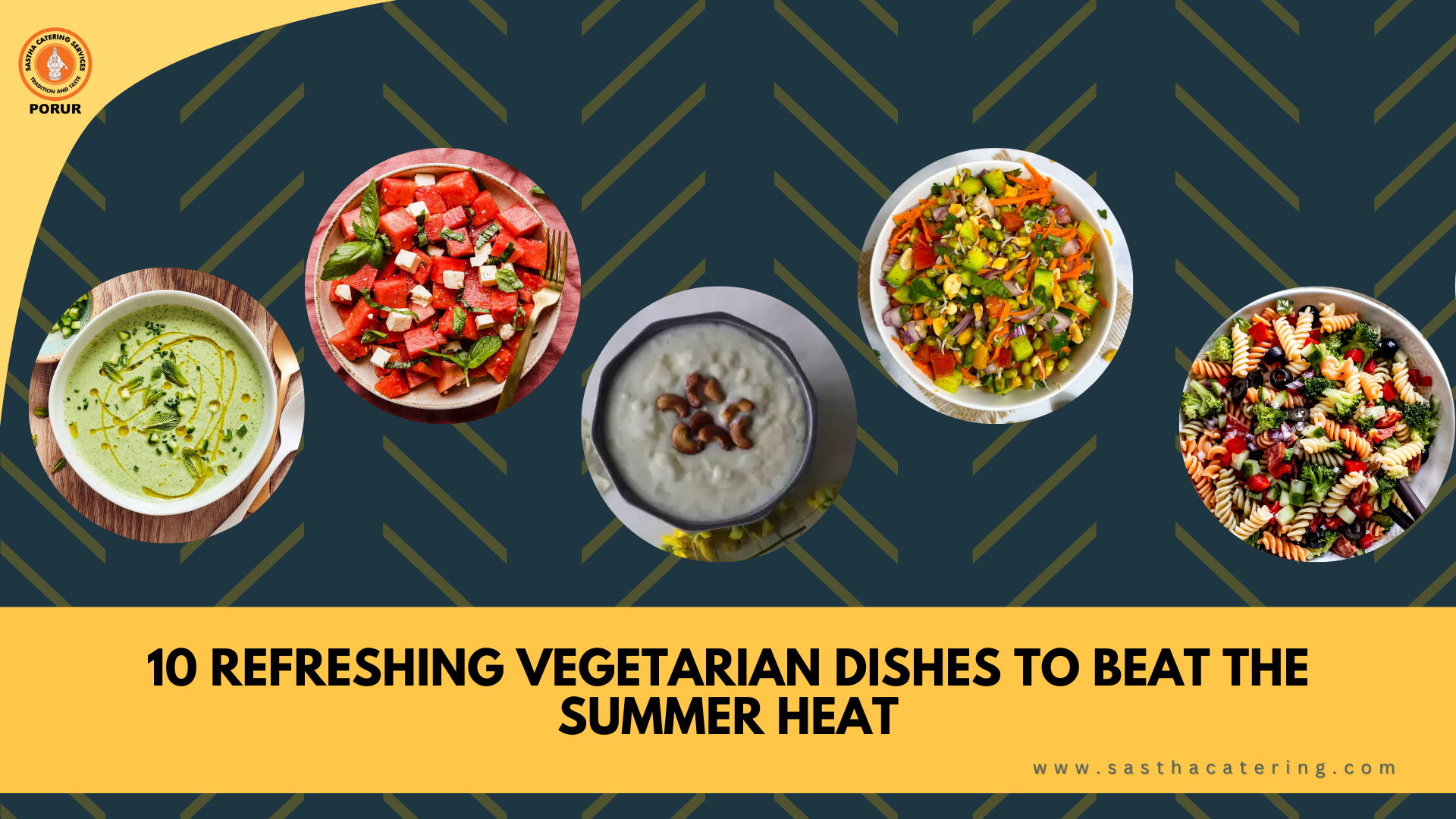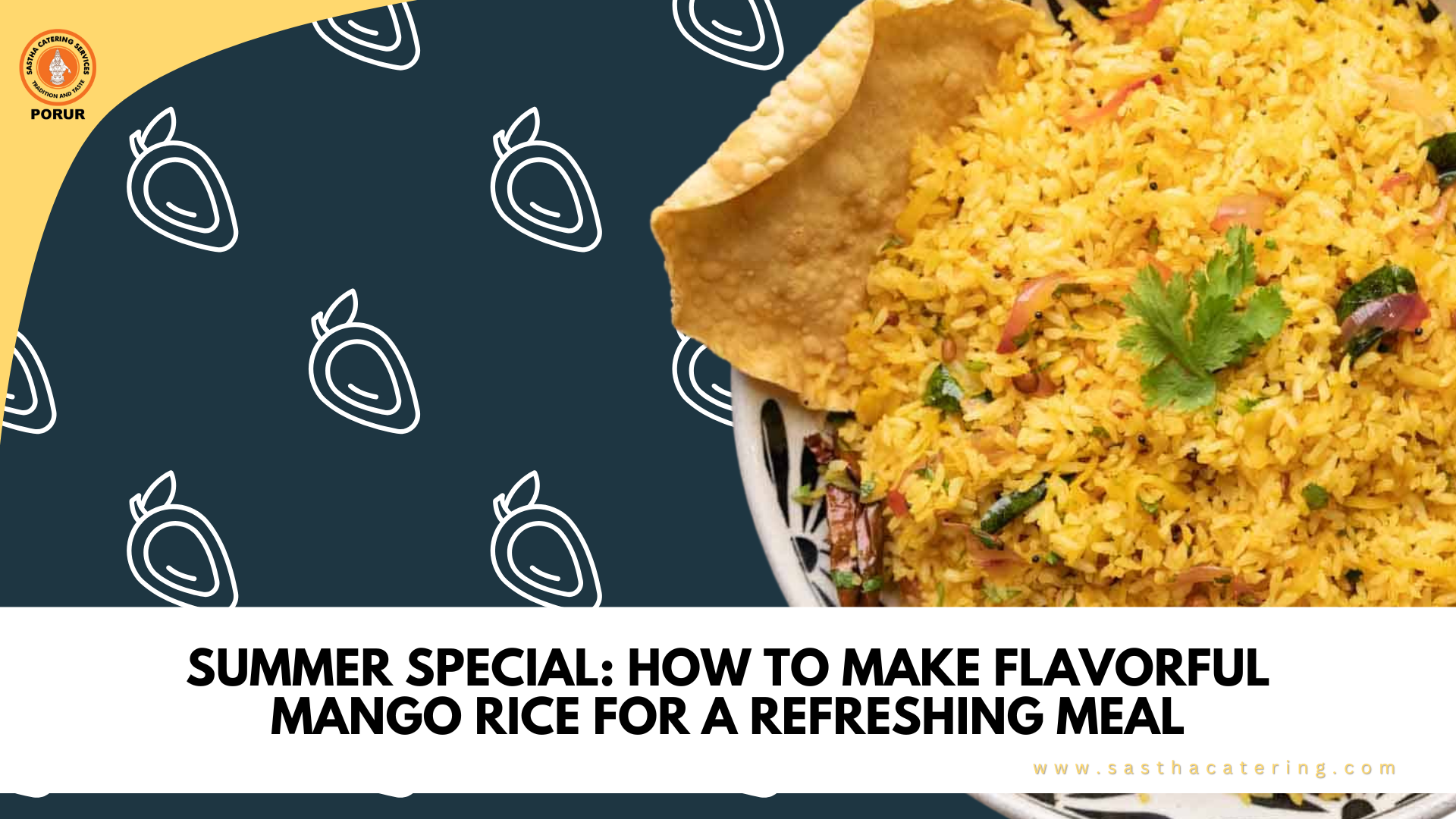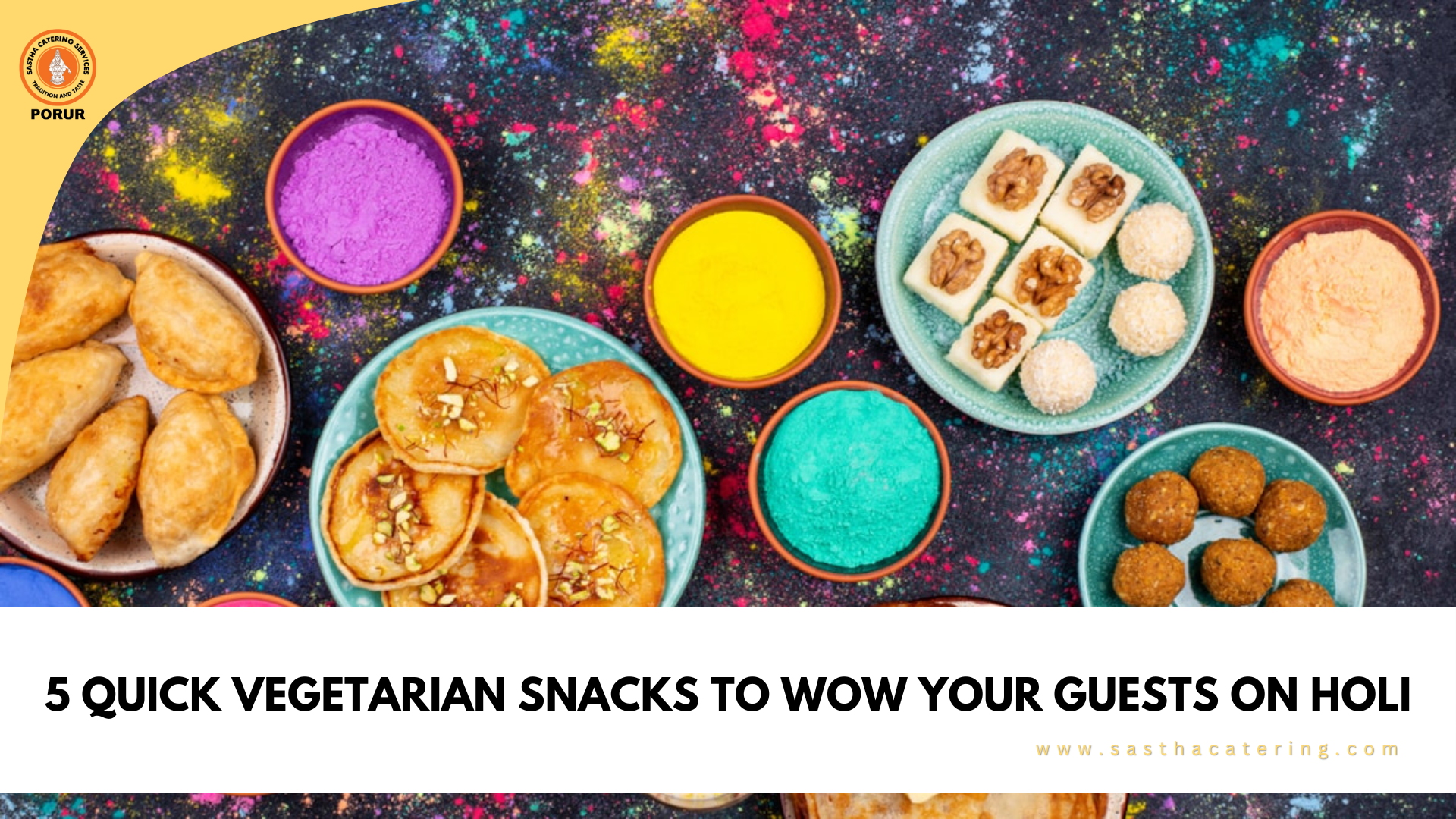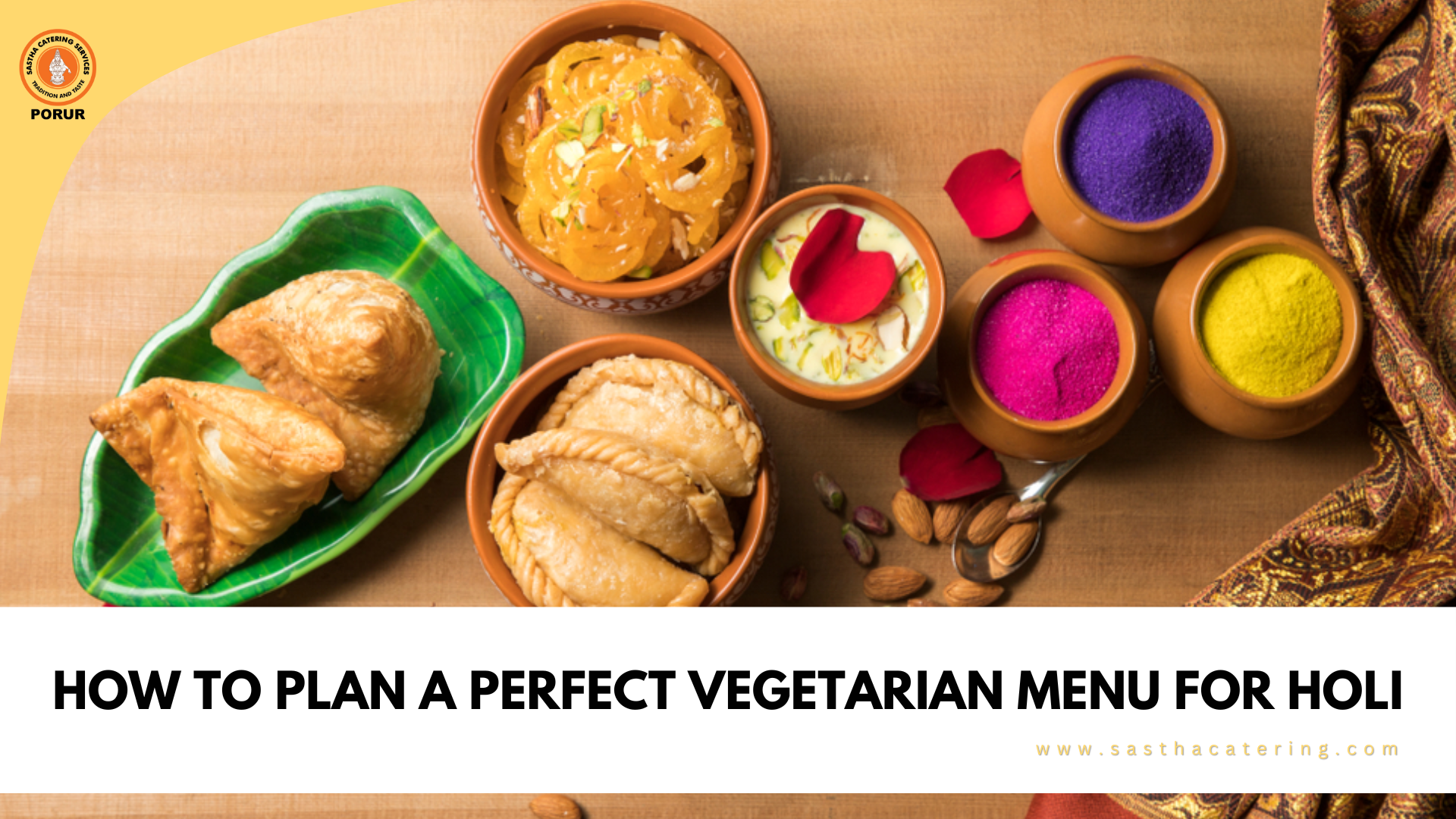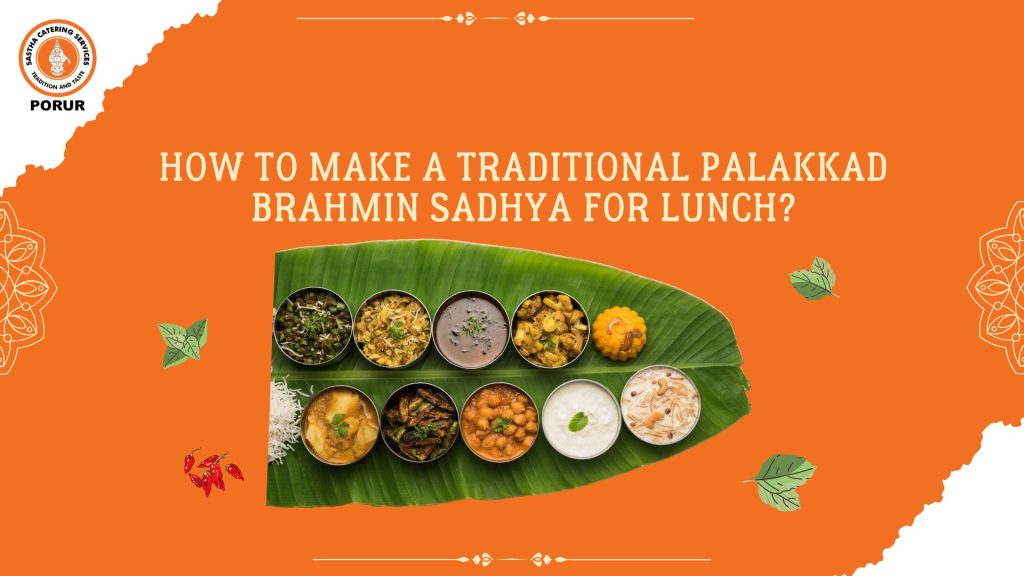
The moment you sit on a banana leaf, you enter a colorful and appetizing world full of the rich culinary tradition of Kerala. A traditional Brahmin Sadhya menu ideas for weddings is much more than just a meal; it’s an out-and-out expression of love, culture, and traditions.
This complex feast is a combination of the most mouth-watering dishes prepared with finesse, balancing flavors, textures, and aromas to depict the richness of local produce.
In this post, we shall walk you through making a traditional Palakkad Brahmin sadhya, including key dishes such as Pal Adai Pradaman and Malabar Vellari Pachadi, among many more.
Understanding the Sadhya
The sadhya is more than a meal experience, as it stands for the tradition-laced food prepared in an order that has all parts to ensure a perfect blend. Traditionally served on special occasions such as festivals, weddings, and family meets, this sadhya is usually vegetarian and uses locally sourced ingredients. This tradition is based deeply in the agricultural lifestyle of Palakkad, whose roots celebrate seasonal vegetables and grains.
It is a labor of love for many families when they make a sadhya, so many different generations of recipes are passed along, and each recipe holds memories and stories of the past. The smell of fresh-cooked dishes and vibrant colors from all the vegetables is wafting through the air, and sharing a meal with loved ones makes this sadhya such a treasured ritual, reminding everyone of what is so important – community and what it creates over meals.
Here’s the complete list of the staple dishes you must prepare for a real Palakkad Brahmin lunch:
Pal Adai Pradaman : It is a sweet dish prepared using rice flour and jaggery, flaunted with coconut and cardamom.
Malabar Vellari Pachadi: A palate-freshening cucumber raita made out of curd, coconut, and spices.
Pulli Inji: a sour and spicy pickle made out of ginger, adding flavor to the meal.
Parupu: Plain cooked dal with rice, usually toor dal, seasoned with ghee and taken along with rice.
Sambar/Rasagalan: A lentil-based vegetable stew flavored with tamarind and spices.
Rasam: A sour-and-spicier soup prepared using tamarind, tomatoes, etc. It is taken along with rice.
Valliya Pappadam: Lentil wafers that give a crunch to this meal.
Curd: Fresh yogurt, which acts as a balance to the spiciness that has entered the system and cools the body up.
Vethala Pakku: Betel leaves served with areca nut, an accompaniment taken after the meal.
Mathan Pachadi: A tasty pumpkin curry with curd and spices.
Thoran: A dry vegetable dish with grated coconut and spices, having cabbage or beans as a common content.
Kootu Curry: A mixed vegetable curry prepared with lentils and coconut.
Oalan: A traditional curry prepared with ash gourd and coconut milk, flavored with coconut oil.
Malabar Avial: Vegetables cooked in coconut and yogurt with a cumin flavor and coconut oil.
Eriseri: Loads of vegetables, coconut curry, very tasty and flavorful.
Calan: Coconut milk made creamy curry often made with pumpkin or any other vegetables.
Four Cut Chips: Raw bananas cut into four pieces and deep fried to make crispy chips.
Chakkavarati Upperi : A sweet snack from jackfruit, cooked in jaggery and spices.
Manga Curry: A spicy mango curry that gives a wonderful zing to the dish.
Step-by-Step Preparation
1. Preparing Rice and Parupu
Boil 2 cups of rice. Boil 1 cup toor dal in water with a pinch of turmeric till soft. Crush the dal, mix ghee and salt with the above mixture to make parupu.
2. Making Sambar
Mix the cooked dal with chopped vegetables, tamarind pulp, and sambar powder and stir-cook until the vegetables are done. After cooking, temper with mustard seeds, curry leaves, and red chilies in hot oil.
3. Rasam Preparation
Mix chopped tomatoes, tamarind juice, rasam powder, and water in a pot. Boil until tomatoes are soft. Add a tempering of mustard seeds and curry leaves.
4. Preparing the Side Dishes
Pal Adai Pradaman: Boil rice flour with coconut milk and jaggery; it thickens. Add a few cardamom pods.
Malabar Vellari Pachadi: Mix grated cucumber with yogurt and coconut. Season with mustard seeds and curry leaves.
Mathan Pachadi: Cook chopped pumpkin; mix in yogurt to give a creamy texture.
Thoran: Chop cabbage or beans and sauté them with grated coconut and mustard seeds.
Kootu Curry: Mix boiled mixed vegetables with lentils and coconut.
Recipe: Ash gourd curry with coconut milk and spices.
Malabar Avial: Mix assorted vegetables in a mixture of yogurt and coconut seasoned with cumin and coconut oil.
Four Cut Chips: Slice raw bananas and deep fry till crispy.
Chakkavarati Upperi: Jack fruit cooked with jaggery and spices till the fruit is soft .
Manga Curry: Cook raw mango with spices and coconut for the tanginess .
5. Final Touches
Spread all the dishes onto a banana leaf. Begin with generous helpings of rice in the middle and dishing out sambar, rasam, parupu, and each of the other side dishes along it.
Serving the Sadhya
Serve the meal with curd on the side to cool down the spices. Serve valliya pappadam for crunch and vethala pakku as a refreshing end to the meal.
Conclusion
Creating a traditional Palakkad Brahmin sadhya is not only about what it is on the plate but represents and symbolises culture, family, and community. Any one of the dishes brings forth a fragrance and a tale together, making the meal such a happy occasion.
Preparation goes into every item, with great care, attention to detail, and appreciation for the localized markets in which the ingredients come from. It can be for some special get-together or for a simple family lunch.
But wouldn’t it be fantastic if one can connect with the culinary traditions of Kerala while preparing a sadhya? Get all your ingredients together and enjoy the delight of making this traditional feast!



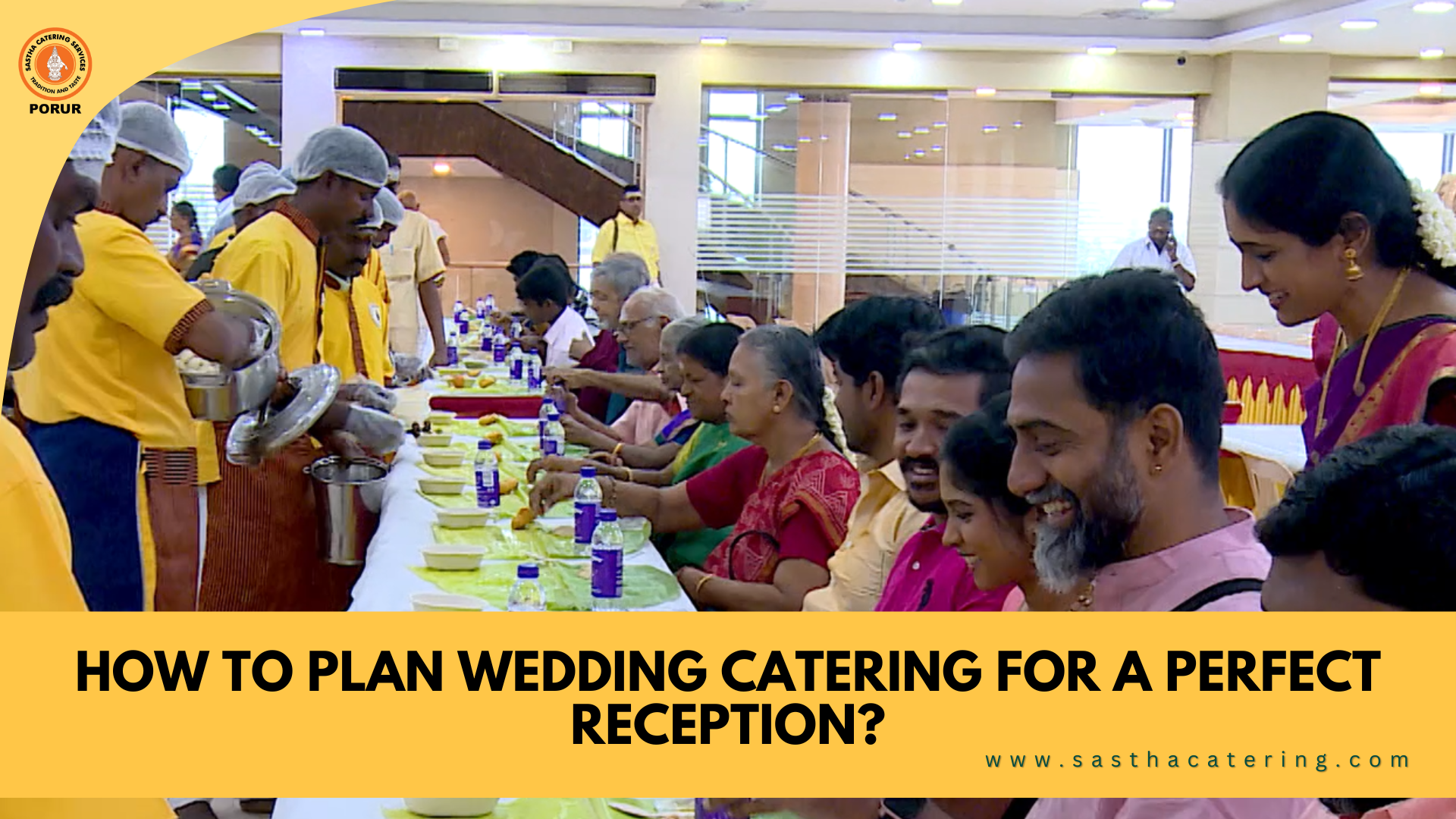
!["Guests being served vegetarian buffet at an event in Chennai, highlighting the popularity of veg catering services. [Sastha Catering]"](https://sasthacatering.com/blog/wp-content/uploads/2025/03/Healthy-Food-Initiatives-18.png)
